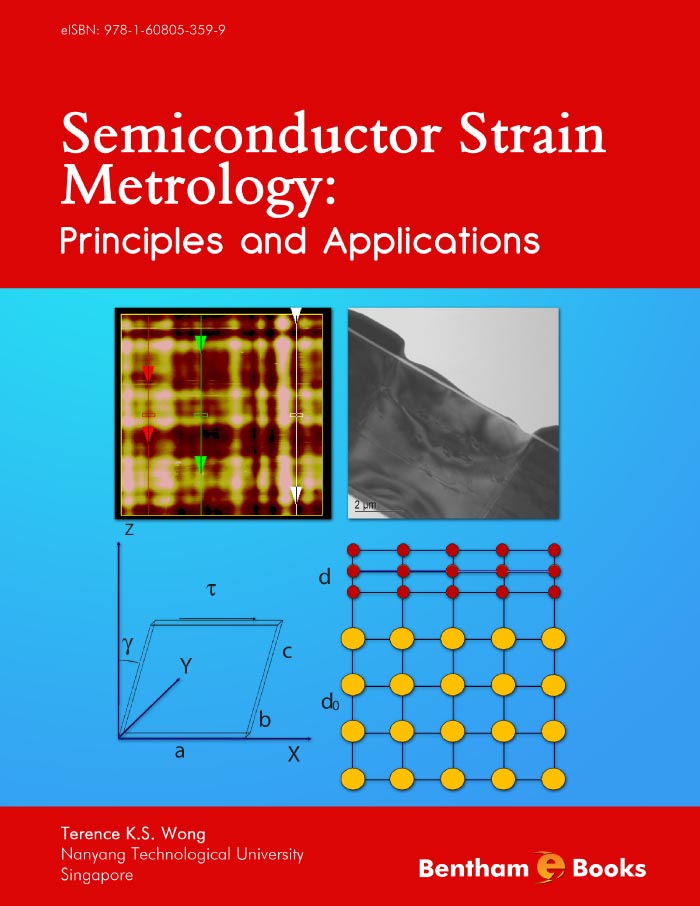Introduction
This book surveys the major and newly developed techniques for semiconductor strain metrology. Semiconductor strain metrology has emerged in recent years as a topic of great interest to researchers involved in thin film and nanoscale device characterization. This e-book employs a tutorial approach to explain the principles and applications of each technique specifically tailored for graduate students and postdoctoral researchers. Selected topics include optical, electron beam, ion beam and synchrotron x-ray techniques. Unlike earlier references, this e-book specifically discusses strain metrology as applied to semiconductor devices with both depth and focus.

